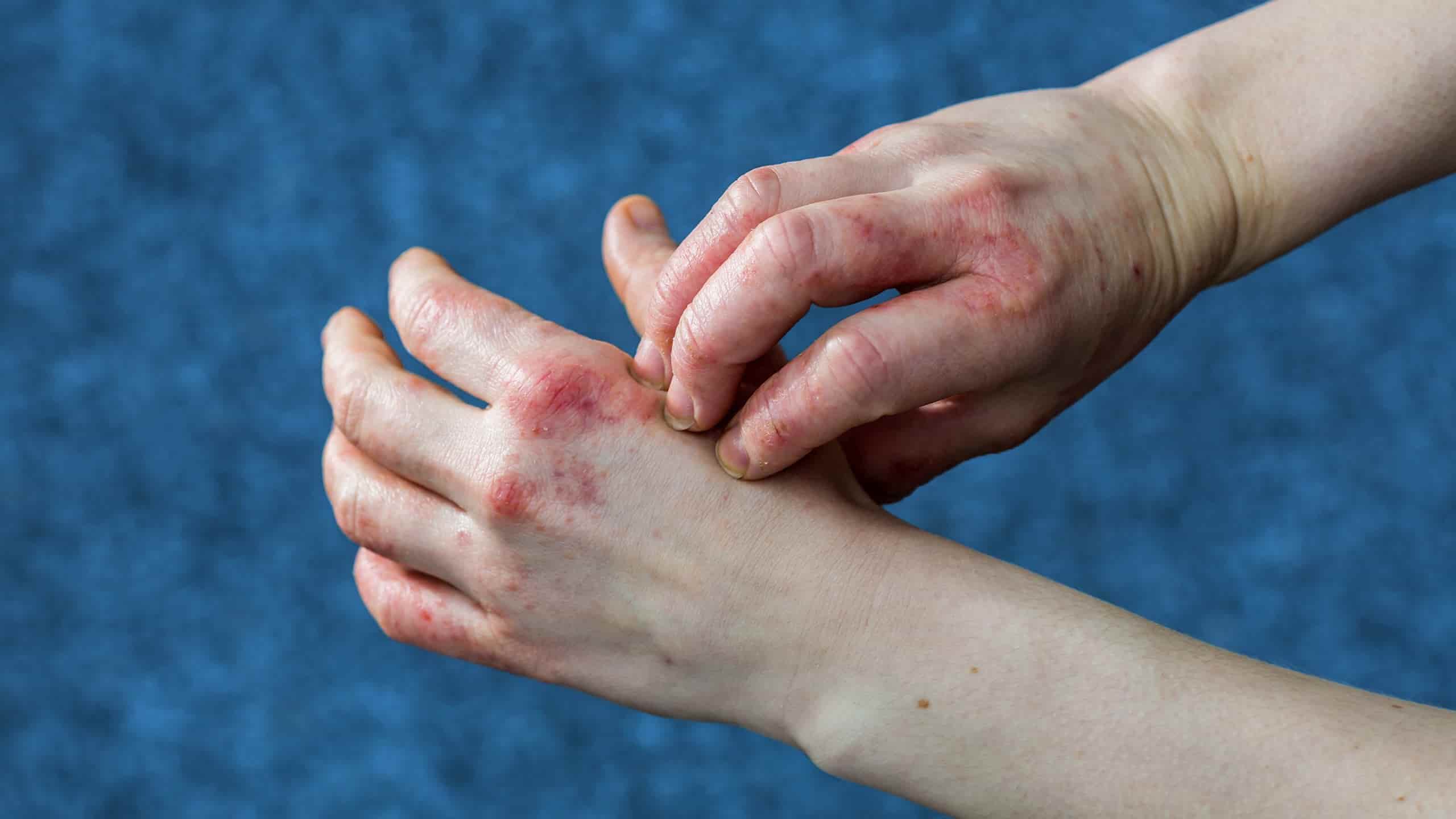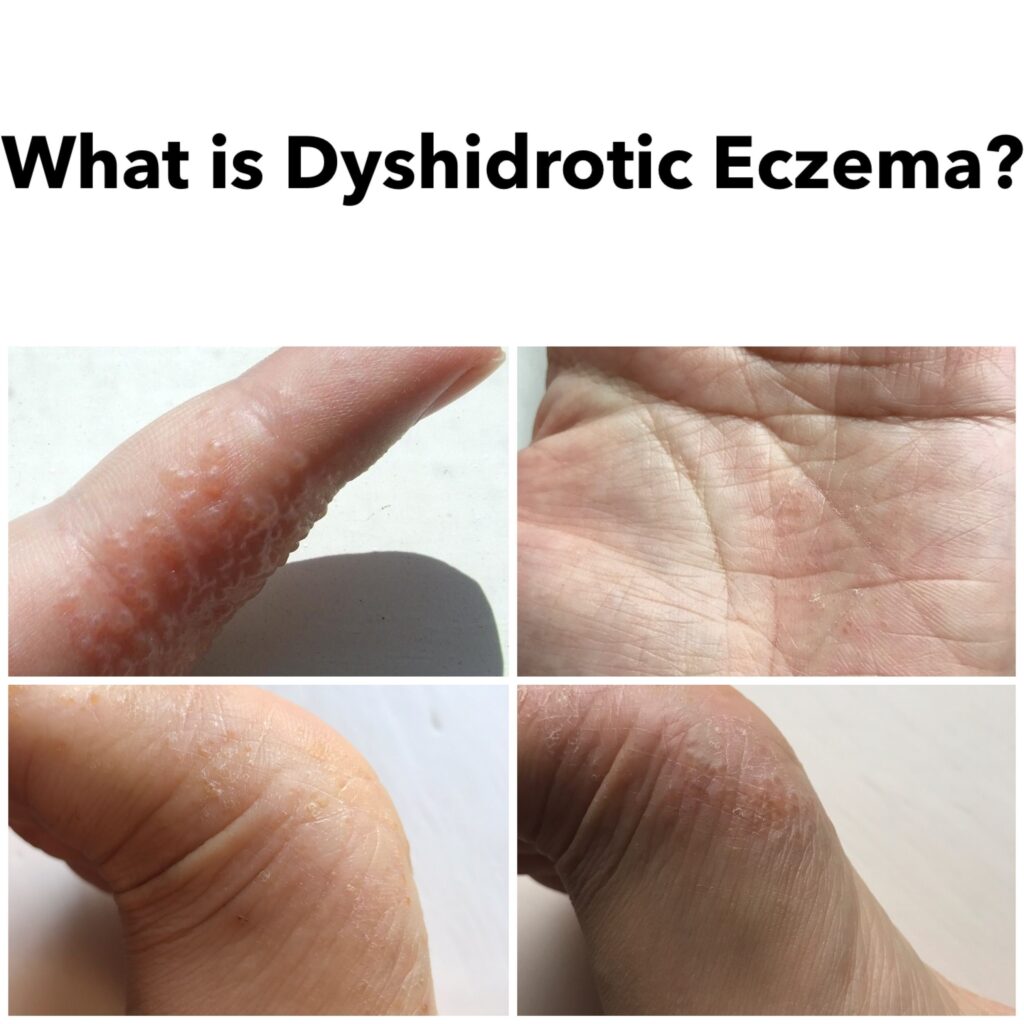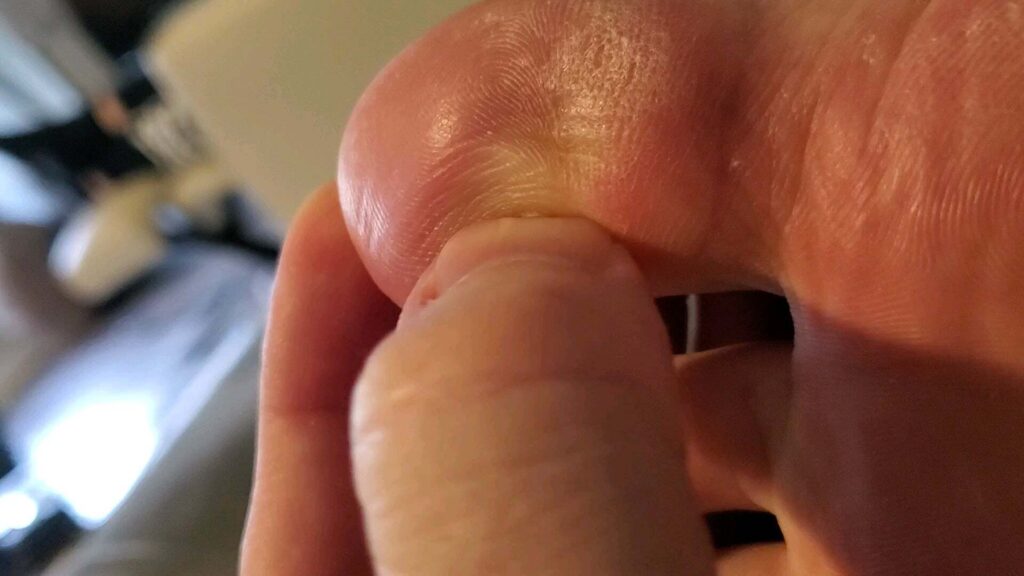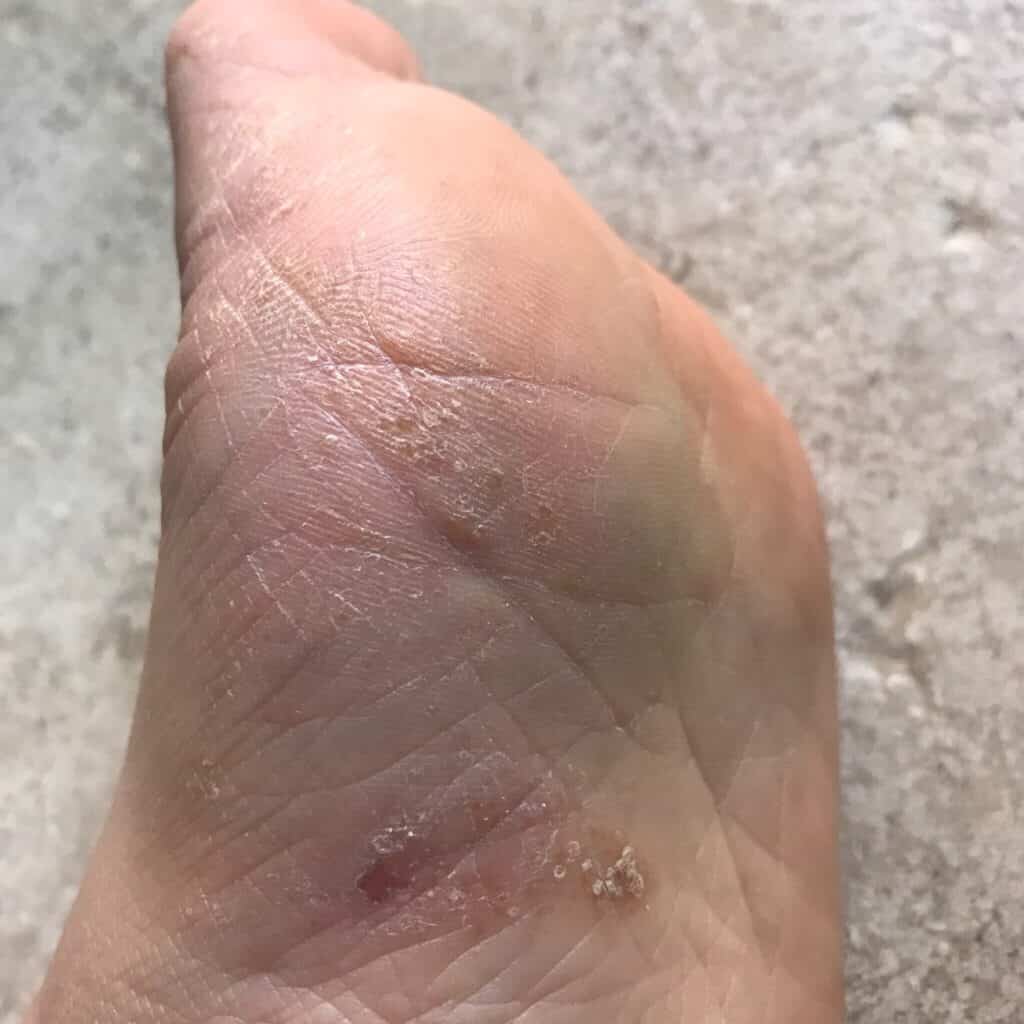WHAT IS DYSHIDROSIS?
Dyshidrosis is a skin disorder that causes small, fluid-filled blisters to form on the palms of the hands and sides of the fingers. At times the bottoms of the feet are affected too.
The blisters that happen in dyshidrosis usually last around 3 weeks and cause intense itching. Once the blisters of dyshidrosis dry, your skin might seem flakey. The blisters typically recur, sometimes before your skin heals entirely from the previous blisters.
Treatment for dyshidrosis most usually includes creams or ointments that you apply on the affected skin. In severe cases, your doctor might recommend corticosteroid pills, like prednisone, or injections. Dyshidrosis is also known as dyshidrotic eczema and pompholyx.

DYSHIDROSIS SYMPTOMS
The blisters related to dyshidrosis happen most commonly on the sides of the fingers and the palms. Sometimes the soles of the feet also could be affected. The blisters are generally small — about the width of a normal pencil lead — and grouped in clusters, with an appearance similar to tapioca.
In more severe cases, the small blisters might merge to form larger blisters. Skin affected by dyshidrosis could be painful and very itchy. The blisters dry and flake off in about 3 weeks.
Dyshidrosis tends to repeat fairly regularly for months or years.
WHEN SHOULD YOU SEE A DOCTOR?
Call your doctor if you have a rash on your hands or feet that does not go away on its own.

DYSHIDROSIS CAUSES
The exact cause of dyshidrosis is not known. It could be related to a similar skin disorder known as atopic dermatitis (eczema), as well as with allergic conditions, like hay fever. Eruptions might be seasonal in people with nasal allergies.
DYSHIDROSIS RISK FACTORS
Risk factors for dyshidrosis include:
- Stress – Dyshidrosis appears to be more frequent during times of emotional or physical stress.
- Exposure to specific metals – These include cobalt and nickel — generally in an industrial setting.
- Sensitive skin – People who develop a rash after contact with specific irritants are more likely to suffer from dyshidrosis.
- Atopic dermatitis – Some people with atopic dermatitis might develop dyshidrotic eczema.

DYSHIDROSIS COMPLICATIONS
For most people with dyshidrosis, it is just an itchy inconvenience. For others, the pain and itching might limit the use of their hands or feet. Intense scratching could increase the risk of a bacterial infection developing in the affected skin.
DYSHIDROSIS PREVENTION
Because the cause of dyshidrosis is usually unknown, there is no proven way to prevent this condition. You might help prevent the condition by managing stress and avoiding exposure to metal salts, like cobalt and nickel.
Good skincare practices might help protect the skin as well. These include:
- Use mild cleansers and lukewarm water to wash your hands and dry your hands well
- Moisturizing regularly
- Wearing gloves
DYSHIDROSIS DIAGNOSIS
In most cases, your doctor could diagnose dyshidrosis based on a physical examination. No laboratory test could specifically confirm a diagnosis of dyshidrosis, but your doctor might recommend tests to rule out other skin problems that have similar symptoms.
For instance, a scraping of your skin could be tested for the type of fungus that causes an athlete’s foot. Skin allergies and sensitivities could be revealed by exposing patches of your skin to various substances.

DYSHIDROSIS TREATMENT
Depending upon the severity of your signs and symptoms, treatment options might include:
- Corticosteroids – High-potency corticosteroid creams and ointments might help speed up the fading of the blisters. Wrapping the treated area in plastic wrap could improve absorption. Moist compresses also might be applied after the application of a corticosteroid to improve the absorption of the medicine.
In severe cases, your doctor might prescribe corticosteroid pills, like prednisone. Long-term use of steroids could cause severe side effects. - Phototherapy – If other treatments are not effective, your doctor might recommend a special kind of light therapy that combines exposure to ultraviolet light with drugs that help make your skin more receptive to the effects of this kind of light.
- Immune-suppressing ointments – Medicines like tacrolimus (Protopic) and pimecrolimus (Elidel) might be useful for individuals who want to limit their exposure to steroids. One side effect of these drugs is an increased risk of skin infections.
- Botulinum toxin injections – Some doctors might consider suggesting botulinum toxin injections to treat serious cases of dyshidrosis.
If you or anyone you know is suffering from dyshidrosis, our expert providers at Specialty Care Clinics will take care of your health and help you recover.
Call (469) 545-9983 to book a telehealth appointment for an at-home check-up.
